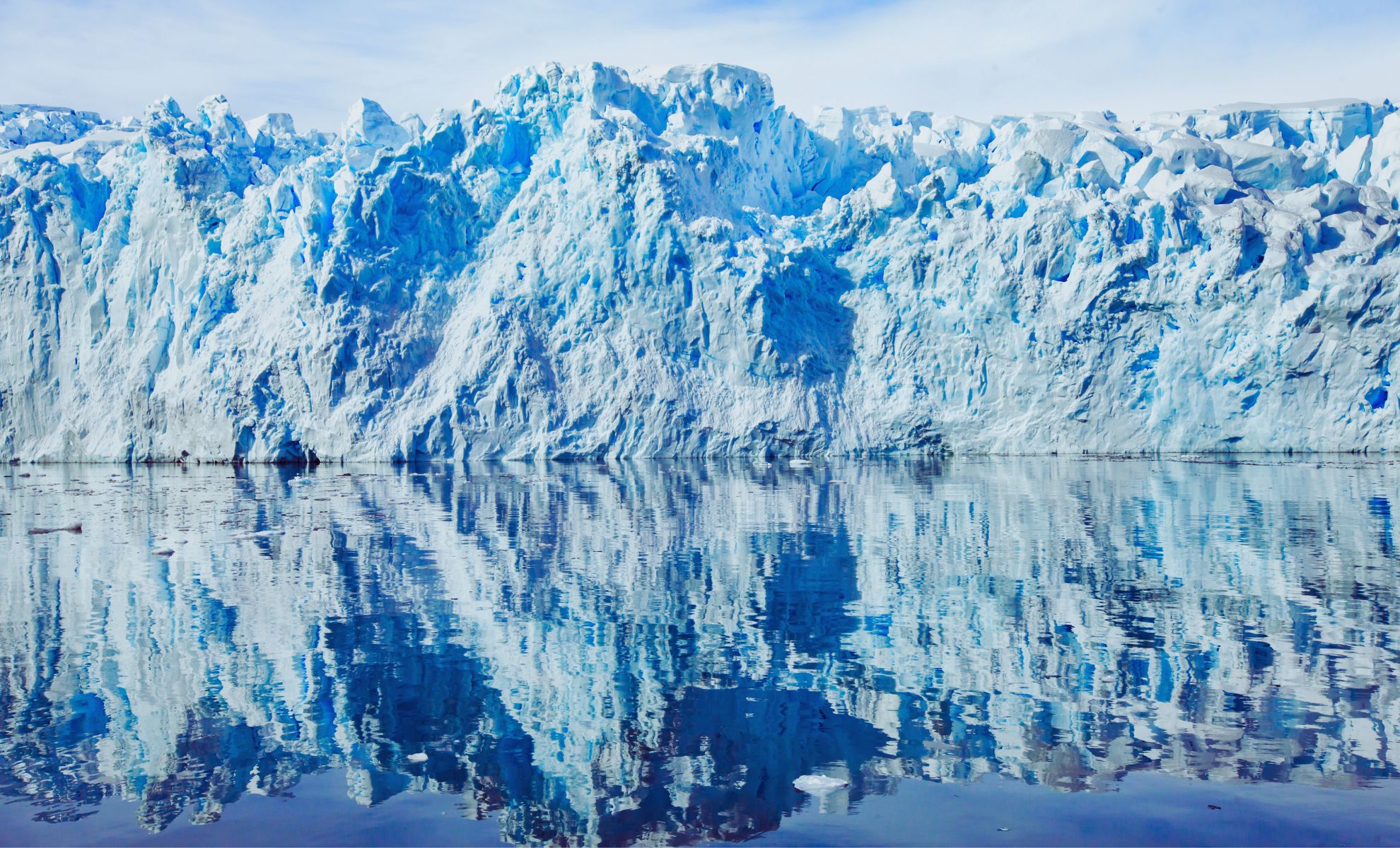Antarctica has seen a drastic environmental shift in recent years, a change that has led to an alarming loss of sea ice. In a landmark discovery, scientists have determined that since 2015, Antarctica has shed as much ice as the entire size of Greenland. This rapid ice loss, however, is only part of a larger, troubling trend. Recent studies published by the Proceedings of the National Academy of Sciences (PNAS) highlight an unexpected rise in salinity in the Southern Ocean. This change has triggered a cascade of reactions, with the most notable being the melting of sea ice from below. The consequences of these changes extend far beyond the Antarctic region, with global implications for climate patterns, sea levels, and wildlife habitats.
One of the most alarming findings is the reappearance of the Maud Rise polynya—a massive hole in the sea ice that hadn’t been seen since the 1970s. This phenomenon is a key marker of the current changes underway in the Southern Ocean. The re-emergence of the polynya signifies the growing instability in the ice-ocean system, making the Southern Ocean more susceptible to the warming trends driven by the increasing salinity. As these changes intensify, researchers are warning that Antarctica could permanently reshape the world’s oceans and climate systems.
Sudden Surge in Southern Ocean Salinity
In a surprising twist, the Southern Ocean has experienced a significant increase in surface salinity. For decades, scientists had observed a trend of freshening in the surface waters, which played a crucial role in sustaining sea ice. However, this trend has now reversed. The rise in salinity, detected by European satellites and advanced oceanographic devices, has weakened the stratification of water layers. This change has made it easier for deep, warmer ocean waters to rise to the surface, bringing with them enough heat to melt the sea ice from below.
The shift from freshening to salting has created a dangerous feedback loop: less sea ice leads to more heat absorption, which in turn melts more ice. As this loop intensifies, the effects are being felt globally. The warmer temperatures in the Southern Ocean contribute to stronger storms, more volatile weather patterns, and rising ocean temperatures. These changes not only affect the Antarctic ecosystem but also have far-reaching impacts on marine life across the planet.
The Maud Rise Polynya and Its Global Implications
The return of the Maud Rise polynya after 50 years of absence is one of the most striking indicators of the dramatic changes unfolding in the Southern Ocean. This massive hole in the sea ice is a rare and unusual occurrence, almost four times the size of Wales. Its sudden appearance is linked to the rising salinity levels, which have allowed deeper ocean heat to melt the ice from beneath.
Dr. Alessandro Silvano from the University of Southampton, who led the research, explained, “The return of the Maud Rise polynya signals just how unusual the current conditions are. If this salty, low-ice state continues, it could permanently reshape the Southern Ocean — and with it, the planet.” These changes are already being felt on a global scale. As ice retreats, it alters the albedo effect, reducing the Earth’s natural ability to reflect sunlight and accelerating global warming. This also leads to more extreme weather events, including stronger storms and shifts in ocean currents. Antarctic wildlife, including penguins and other species dependent on the ice, are facing shrinking habitats, pushing them further toward the brink of survival.
Urgency for Monitoring and Predicting Future Shifts
Given the rapid pace of these changes, scientists are calling for more robust monitoring systems to track the evolving conditions in the Southern Ocean. The rise in surface salinity and the loss of sea ice are unexpected developments that challenge previous models of Antarctic climate behavior. Professor Alberto Naveira Garabato, co-author of the study, emphasized the need for continuous observation to better predict and understand these shifts. “The new findings suggest that our current understanding may be insufficient to accurately predict future changes,” he said.
He also pointed out, “It makes the need for continuous satellite and in-situ monitoring all the more pressing, so we can better understand the drivers of recent and future shifts in the ice-ocean system.” Without real-time data and a more accurate model of these changes, scientists will struggle to forecast the long-term effects of these environmental disruptions. More research and monitoring are critical for not only understanding the causes behind the changes in the Southern Ocean but also for developing strategies to mitigate their impact on global ecosystems.
